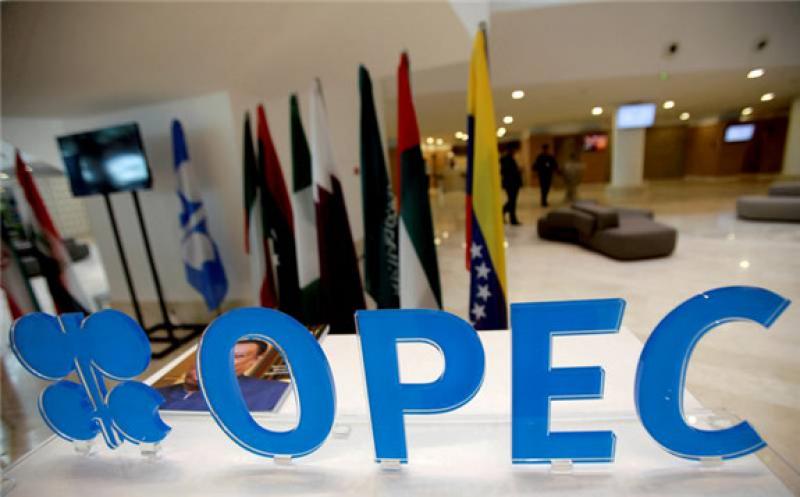Opec raised its global oil demand forecast for the first quarter of 2022 but left its full-year growth projection as it said the Omicron coronavirus variant would have a mild impact.

The oil exporters' group expects oil demand to average 99.13 million barrels per day (bpd) in the first quarter of 2022, up 1.11 million bpd from its forecast last month, it said in its monthly bulletin on Monday. World oil demand growth was kept unchanged at 4.2 million bpd and total global consumption at 100.6 million bpd.
The impact of the new Omicron variant is projected to “be mild and short-lived, as the world becomes better equipped to manage Covid-19 and its related challenges”, it said while predicting steady economic growth in both the advanced and emerging economies, despite global inflation concerns and supply chain bottlenecks.
"This is in addition to a steady economic outlook in both the advanced and emerging economies, despite current inflation and supply chain bottlenecks, ongoing trade issues and their impact on industrial and transportation fuel requirements."
In the US, most cases of the Omicron variant, which was first detected in South Africa last month, have been mild, the US Centres for Disease Control said on Friday.
Booster shots are also effective against the new variant and could offer up to 75 per cent protection, according to another study by the UK Health Security Agency.
The assessment from Opec comes as oil prices continued to trade higher, amid easing concerns over the Omicron variant hitting demand.
Brent, the international benchmark, was up 0.17 per cent to $75.28 per barrel at 3.09pm UAE time, while West Texas Intermediate, the gauge that tracks US crude, was trading 0.07 per cent higher at $71.72 per barrel.
Demand for oil in Organisation for Economic Co-operation and Development countries is forecast to grow by 1.8 million bpd in 2022, while the non-OECD region is projected to increase by 2.3 million bpd, “supported by steady momentum in economic activities, particularly China, India and other Asian countries,” Opec said.
The group kept world oil demand growth for 2021 unchanged from last month’s assessment of 5.7 million bpd.
Non-Opec supply growth in 2022 is expected to be 3 million bpd year-on-year on the back of an expected gradual increase in drilling and completion activities in the US, Opec said.
The US and Russia are forecast to contribute two thirds of total expected growth, followed by Brazil, Canada, Kazakhstan, Norway, and Guyana. However, investment in the non-Opec upstream sector in 2021 and 2022 is estimated at around $350 billion each, showing a 50 per cent drop compared to the 2014 level.
Investment in the hydrocarbons sector dropped amid green transition efforts and changing government regulations, a report by the International Energy Forum and IHS Markit said earlier this week.
The total investment in the upstream sector of the oil and gas sector fell 23 per cent below pre-coronavirus levels to $341bn in 2021 while oil demand continued to rise globally, the IEF report said.
Opec+, the group led by Saudi Arabia and Russia, decided earlier this month to increase output by 400,000 barrels per day for the month of January after agreeing to continue monitoring the market closely and make immediate adjustments to its output policy if required.